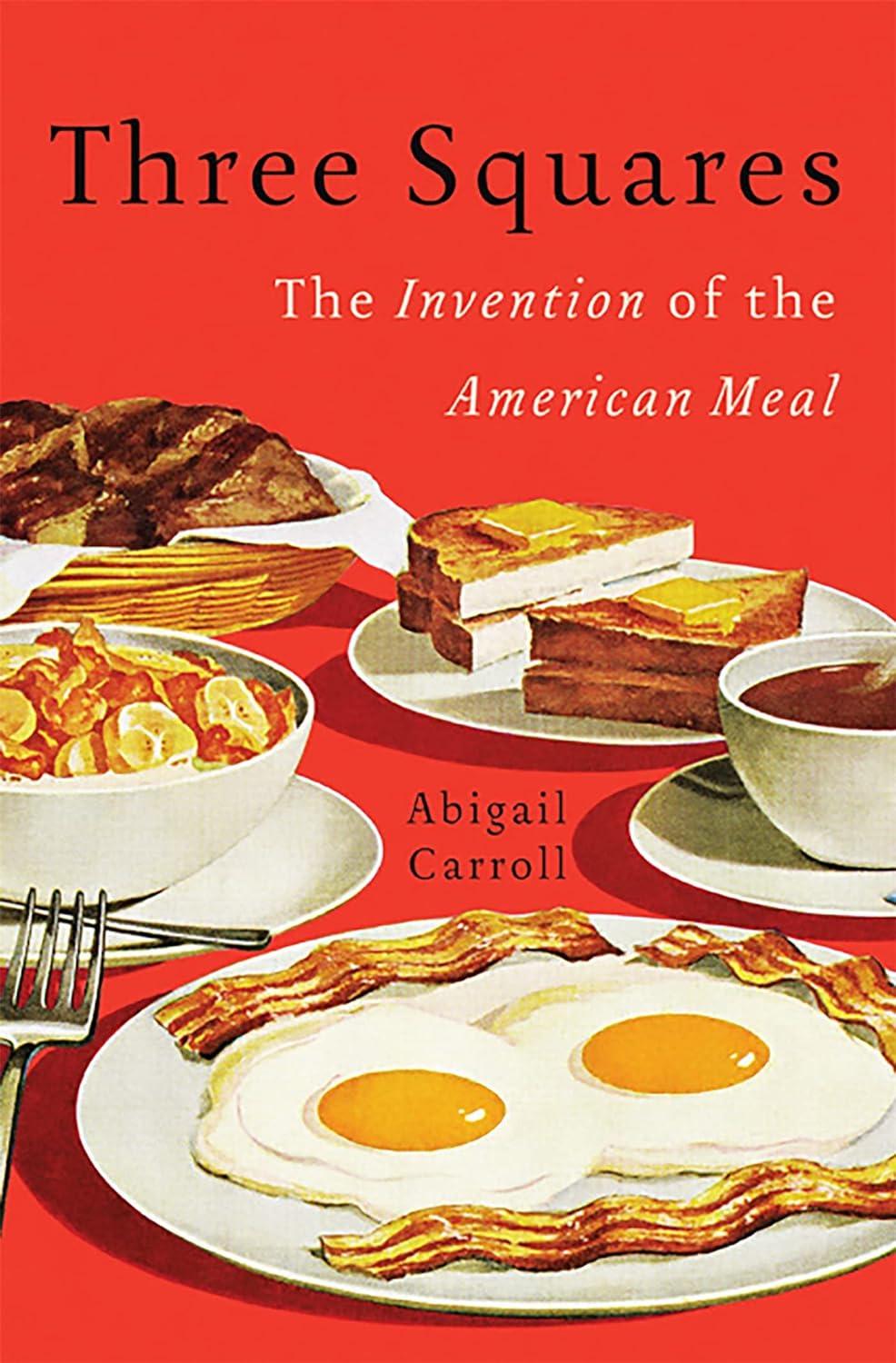Snacking, and snack foods, have existed since long before the three-meal day came to dominate. But the moment we are living through can trace its origins to the late 1970s and early ’80s, when cultural and economic trends collided to kick off a snack boom that never abated. The Reagan administration loosened restrictions on television advertising, so cartoon characters could much more easily shill sugary cereals on Sunday mornings. New nutrition research and a recently fitness-crazed culture decided snacking was healthful and rebranded it “grazing.” The grocery industry consolidated, Janis Thiessen, a history professor at the University of Winnipeg, told me—which meant that stores once supplied by small, regional manufacturers were now working with national and international snack-food companies with bigger advertising budgets and generally lower prices.
At the same time, people began having less time to spend in the kitchen. Women, particularly married ones, joined the workforce in droves. Kids were more likely to be home alone after school, or, if they were wealthy, at one of the extracurricular activities that had sprung up to keep them occupied (and get them into college). Parents started encouraging snacking to ensure children ate enough during a day that had suddenly become busier for everyone. The car cup holder was introduced along with the minivan in 1983. Drive-throughs soared in popularity.
As American families traded time for money, the snack-food sector found new ways to meet their demands, “turning out new and more tempting products faster than ever,” as Abigail Carroll writes in Three Squares, her history of meals. In the 1960s and ’70s, about 250 new high-calorie snack foods were added to shelves every year; by the end of the ’80s that figure was closer to 2,000. By the mid-’90s, just about everything an American kid might make for herself after school had been snackified. Pizza bagels had become Bagel Bites, peanut-butter sandwiches had become Uncrustables, and packaged snacks had become an indelible symbol of childhood: “You go to other countries, and it’ll be like, ‘Oh, my comfort food is this soup my mom makes,’” Hernández said. “And for [American] Millennials, it’ll be like, ‘Oh my God, man, that Dunkaroos, that funfetti one?’”
